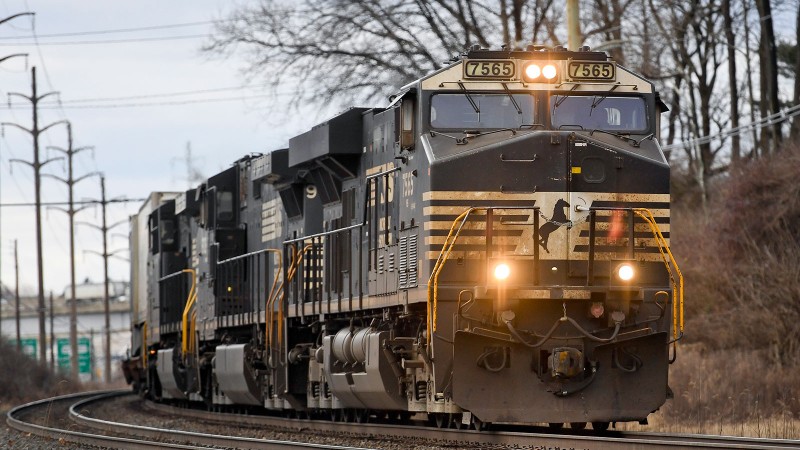
Trains, the behemoths of transportation, rely on intricate systems to get them moving. Central to this is the starting mechanism of the train engine, a process that involves various components working in tandem to set the locomotive in motion. Let’s delve into the mechanics behind how a train engine starts.
1. Diesel Engine Basics: Powering the Locomotive Diesel engines are the primary power source for most trains. These engines operate on the principle of internal combustion, where fuel is ignited within cylinders to produce energy.
2. Key Components: Understanding the Setup A typical diesel engine comprises cylinders, pistons, fuel injectors, and a crankshaft. These components work together to convert fuel into mechanical energy.
3. Fuel Injection: Initiating Combustion The starting process begins with the injection of fuel into the cylinders. This fuel mixes with air, creating a combustible mixture ready for ignition.
4. Ignition Sequence: Sparking the Reaction Once the fuel-air mixture is prepared, the engine's starter motor initiates the ignition sequence. This action sparks a controlled explosion within the cylinders, driving the pistons downward.
1. Definition of Self-Start Self-start, also known as auto-start or automatic starting, is a feature that enables the engine to initiate the starting sequence without external assistance.
2. How It Works: Automated Activation In self-start systems, sensors monitor various parameters such as engine temperature, oil pressure, and battery voltage. When these parameters reach predefined thresholds indicating readiness, the self-start mechanism activates.
3. Advantages: Efficiency and Convenience Self-start systems offer several benefits, including reduced dependence on manual intervention, faster engine activation, and improved operational efficiency.
4. Implementation in Train Engines In train engines, self-start functionality ensures quick and reliable startups, critical for maintaining schedules and operational continuity.
The starting process of a train engine involves a series of meticulously orchestrated steps, from fuel injection to ignition. The advent of self-start technology has further streamlined this process, offering enhanced efficiency and reliability. As trains continue to evolve, so too will the methods by which they are set into motion.
Know These Secrets of Resistant Hypertension: Unveiling Causes and Symptoms
Try These Effective Strategies to Tackle Excess Abdominal Fat and Control Your Weight
How Morning Walks Transform Your Health: Know The Benefits of Starting Your Day with Walking